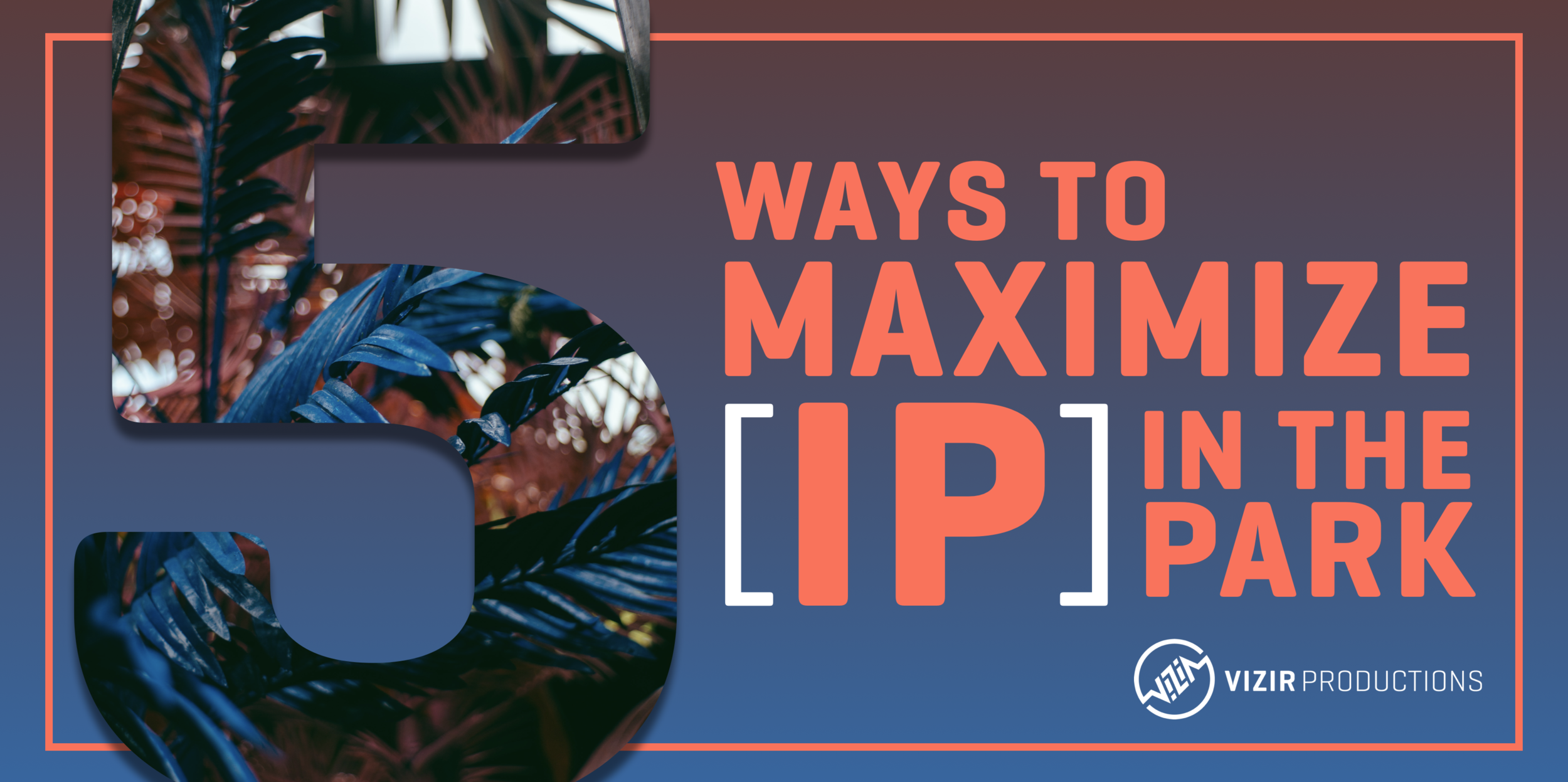5 Ways to Maximize IP in the Park
The global attractions industry is relying on intellectual property to help drive attendance more than ever, but having rights to IP is not enough. Maximizing the potential of IP in a park or attraction necessitates a profound understanding of the storyworld and the diligence to advocate for the IP and its relationship to the guest amidst complex business interests.
At their best, IP-driven attractions are richly integrated with both guest experience and franchise ecosystems. Here, we explore how to implement IP into themed lands and attractions in ways that honor the brand, encourage deeper engagement, and expand the story universe.
1. GIVE GUESTS A ROLE
A themed environment may be nice to look at, but guests want more than to observe; they want to participate. Casting guests in roles beyond that of “tourist” gives them the power to experience stories in ways that are uniquely meaningful to them. The ideal IP for a theme park is one that makes audiences want to live in the world it portrays: a world of wizards and witches, a world where dinosaurs live again, a world filled with hope and possibility. To truly inhabit these worlds—if only temporarily—requires the guest to have an active, IP-relevant role.
2. STIMULATE ALL SENSES
Truly immersive attractions or themed environments are full-sensory experiences that weave IP into every moment. In one fraction of a second, a guest should be able to experience the world fully, whether one is conscious of it or not. Big or small, bold or subtle, everything should be extrapolated from the source material. An IP-based land or attraction may be the first instance in which sights, smells, tastes, sounds, and textures are represented in the real world, requiring a rich imagination and an adaptation process grounded in the brand to make them come to life.
3. EXTEND THE NARRATIVE
No matter how slavish an attraction or themed land is to an IP, both represent opportunities to grow the IP by telling new stories within the brand universe. People are drawn to an IP-based experience because they have an established relationship with the property. They don’t come to see the movie; they come on the promise of new adventures set in a familiar world. Guests are most likely to encounter stories parallel to established narratives, but entirely new stories and environments that capture the spirit of the source material can be equally effective.
4. PROVIDE YEAR-ROUND ENGAGEMENT
Two to three-year gaps between films is common for even the biggest studio film franchises, but most attractions have audiences 365 days a year and thus are an integral part of a flourishing content ecosystem. During a bridge year or franchise year wherein there is no tentpole release, an attraction or land can become a nexus for energizing the IP. Festivals, fan gatherings, anniversary events, overlays, new content, and other programming contribute to keeping the world of the IP alive even when the lights go down in the cinema.
5. PROMOTE NEW CONTENT
The most successful entertainment IP is constantly growing—moving forward and backward across timelines, adding new perspectives, creating new lines of storytelling, and endlessly repackaging itself. It never stays in the same place for very long. With more screen-based attractions and projection-mapped features, it’s easier than ever to integrate new media, but even changes at the scale of signage, props, and audio that reference a current film or other narrative extension like a book, comic, television series, or digital content can make the world seem bigger and all the more real.
An entertainment franchise is a monster that cannot be contained, a beast that needs constant feeding. If it doesn’t grow, it dies. Location-based entertainment occupies a unique position in a content ecosystem to expand and channel brand engagement 365 days a year. More than just another content platform, the IP-dependent theme park or attraction is—or should be—a living touchstone for the ever-expanding world beyond the page, screen, or berm.
More than anything else, an attraction or land can make that world real for guests, which all starts with its creators believing—even for eight hours out of each day—that it actually is.
For more on maximizing the potential of IP in theme parks and related subjects, listen to our interview on Episode 63 of the AttractionPros podcast and stay tuned to our blog for a few deep dives on some of these topics.
VIZIR PRODUCTIONS combines the theatrical art of dramaturgy with creative writing, branding, and design to bridge the gap between IP-holders and experience creators and develop experiences that:
Authentically express the brand
Encourage meaningful guest participation
Tell new stories in the brand universe
You have the IP. Now, let us help you make sure it reaches its full potential.




















